There can be your advertisement
300x150
Tax for Self-Employed: What You Need to Know as a Designer
Starting January 1, 2019, a new tax for self-employed individuals will come into effect. What is it, how to calculate its cost, and who will find it convenient—read about it now.
On November 27, the president signed a law on income tax for self-employed citizens. It will come into effect starting January 2019. The new regime is expected to help specialists who work for themselves legalize their income, and those who already pay taxes will be able to save money. Experts from PROFI.RU explained what this is about.
What Is It?
The tax for self-employed was introduced to legalize the income of private specialists engaged in small business or side jobs. Before the new law, every freelancer had to register as an Individual Entrepreneur (IP) or file a declaration and pay 13% of their income.
That was too much and complicated, so specialists often hid their earnings. The Federal Tax Service (FNS) responded by offering a very low tax rate, which is simple to pay without excessive paperwork. Under the new system, specialists are asked to pay only 4% if money comes from individuals and 6% if it comes from companies. This is the lowest tax rate in Russia.
When Will the Law Take Effect?
The law will activate in January 2019 in a test mode in Moscow, the Moscow and Kaluga regions, and Tatarstan. How long the experiment will last is unclear, but the law states that the state will not increase tax rates for the next ten years.

Who Is This Tax For?
This tax can be applied to almost all freelancers: designers, decorators, stylists, photographers, visualizers, specialists who renovate apartments and plumbing, install doors and windows.
It also applies to individual entrepreneurs. They can switch to the new system or return at any time. Income from renting out property is also subject to the new tax at a reduced rate.
The tax applies to you if:
- You work in one of the four regions where the tax experiment is being conducted: Moscow, Moscow and Kaluga regions, Tatarstan. You can be registered anywhere;
- Your annual income does not exceed 2.4 million rubles. This is about 200,000 rubles per month, but the tax authority looks at annual revenue. So you can earn 50,000 in one month and 300,000 in another—no problem;
- You have a labor book but also do additional work. For example, you are an office worker but create design projects in your free time;
- You do not have any employees or your own design studio or bureau.
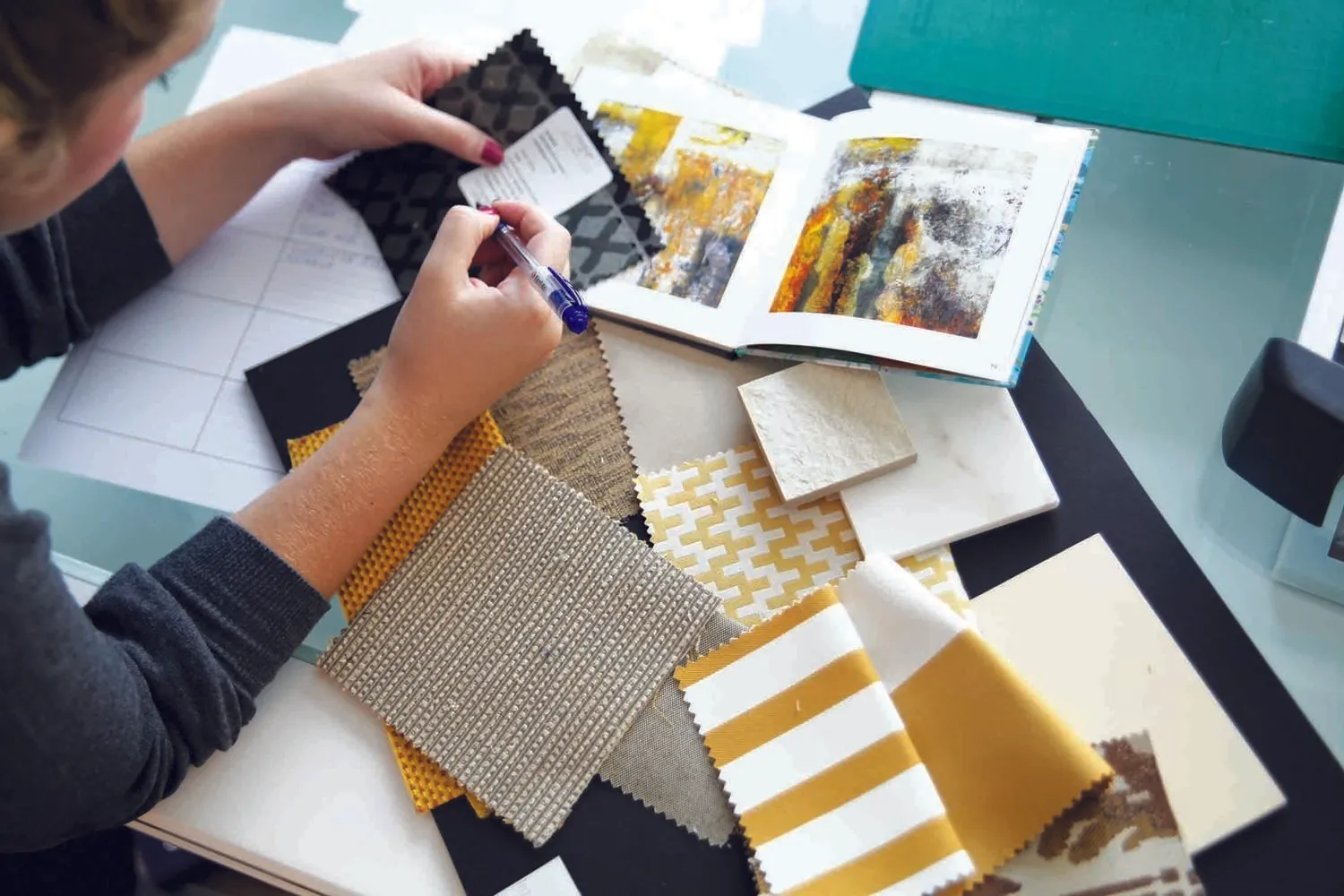
What About IP?
For IP, the new system is a way to save money. If an entrepreneur’s activity meets the conditions of the tax, they can switch to the new system and pay even less than under the simplified regime, without using a cash register. Under the new system, electronic receipts can be issued in just a couple of clicks—via a special app.
Where Will the Taxes Go?
Taxes will go toward regional development in the area where you work. Nearly half of the contributions will go to medical insurance so you can receive free treatment.
Everything is clear. I want to get out of the shadows—what should I do?
You can register in the system through banking apps—large banks are already working on their development—or using a special app from the FNS called “My Tax.”
To register through “My Tax,” you need to provide your passport details and upload a photo of yourself. You don’t have to go to the tax office or file declarations.
All information about services will automatically be sent to the tax authority with each new receipt. At the end of the month, you will receive a notification from the FNS with the amount to pay and payment details. You can even set up the app to automatically deduct the tax from your bank account.

More articles:
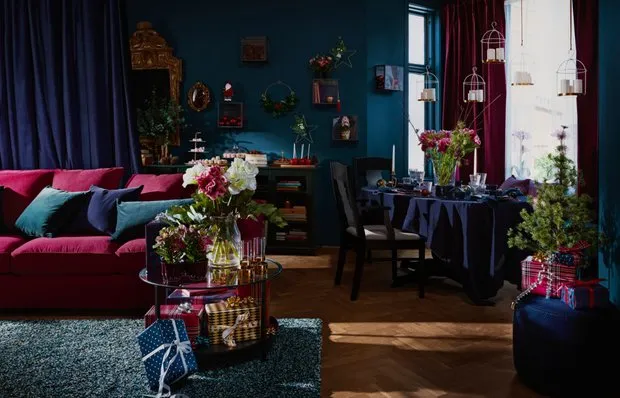 Winter Collection IKEA: What to Buy for New Year
Winter Collection IKEA: What to Buy for New Year 5 Ideas from Soviet Interiors That 'Survived' in Our Apartments
5 Ideas from Soviet Interiors That 'Survived' in Our Apartments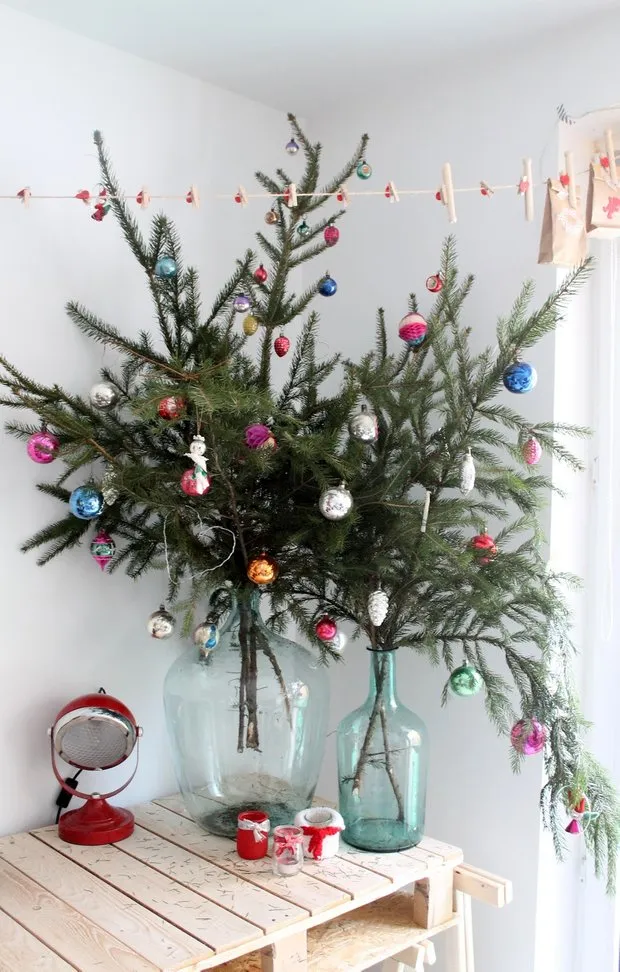 How to Save Money on New Year Decor: 9 Tips
How to Save Money on New Year Decor: 9 Tips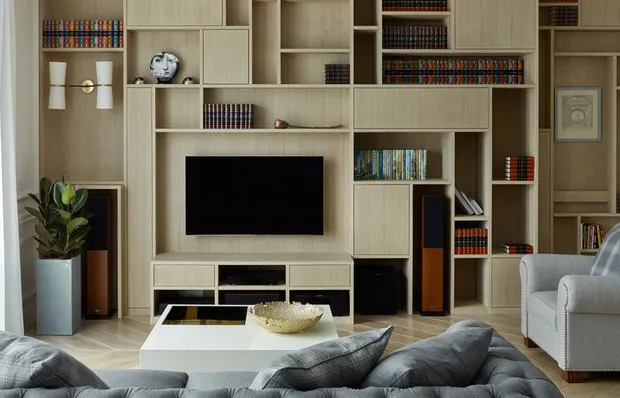 What Do Interior Designers Hide in Interiors?
What Do Interior Designers Hide in Interiors?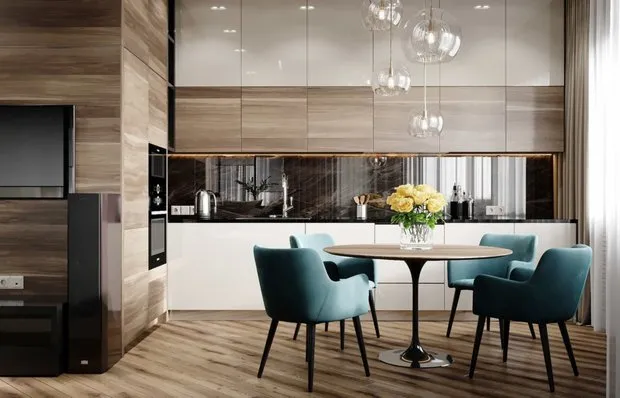 Kitchen Design: 6 Solutions to Avoid
Kitchen Design: 6 Solutions to Avoid How to Organize a Kitchen in the Hallway?
How to Organize a Kitchen in the Hallway? How to Do a Renovation with a Limited Budget: 7 Examples
How to Do a Renovation with a Limited Budget: 7 Examples Small Apartment with Proper Zoning
Small Apartment with Proper Zoning